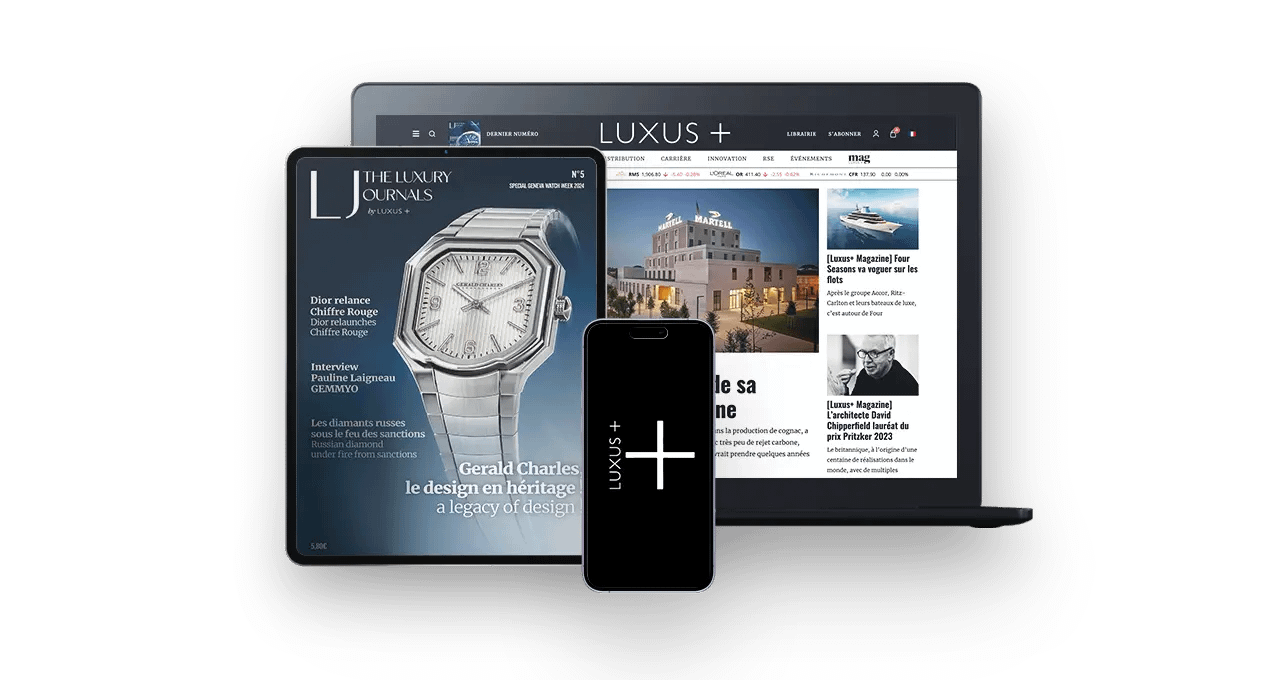Today, customer satisfaction is no longer a sufficient objective for offering luxury experiences. Aiming for customer satisfaction simply means meeting their expectations, and leads to a standardization of experiences – at a time when the demand for differentiation has never been stronger. It is therefore urgent to go beyond the notion of simple satisfaction and make happiness the new paradigm of customer relations.
There are 3 key reasons for this change:
- Responding to a strong concern of customers – particularly Gen Z: 78% think that being happy is the most important thing in life, and the same proportion believe that brands can do more to offer happiness to their customers.
- Develop brands’ business : happy customers are six times more likely to buy from a brand again than simply satisfied customers. Focusing on happiness can boost business growth.
- Have a societal impact: by offering experiences that encourage customers to become better people for themselves and others, brands can have a positive impact on society !
Some luxury bosses have already integrated happiness as a new paradigm for customer relations : back in 2020, Marco Bizzarri, ex-CEO of Gucci, spoke of bringing joy to customers, and this year, Cyrille Vigneron, CEO of Cartier, affirmed that the House’s mission is to make its customers happy.
Using positive psychology to make happiness a realistic ambition
Once the preserve of philosophers, happiness is now a subject of scientific study, particularly in the field of positive psychology.
Positive psychology is a recent social science that studies “what makes people happy“: how happiness is produced and under what conditions it is maintained!
It differs from personal development, whose results are not measurable; from positive thinking, which is an attitude and not a behavior; and from the sciences of happiness, which concern a broader field than that of emotions.
Its founding act dates back to Martin Seligman’s speech to the American Psychological Association in 1998. He encouraged his colleagues to focus on understanding human strengths and virtues, rather than curing human ills and weaknesses.
The main conclusion of Martin Seligman and his colleagues is that happiness is in our hands – at least to some extent! Although genetics and life circumstances influence some of our happiness, a significant part depends on our willpower (40% according to Sonia Lyubomirsky’s work).
But happiness is neither Stoic ataraxia nor postcard-blue skies. On the one hand, it encompasses dynamic and fleeting emotions, leaving room for negativity and a whole range of emotions. This is the prerequisite for happiness in real life. On the other hand, it is the fruit of a delicate balance between eudemonism (a moral doctrine according to which the goal of action is happiness, editor’s note) and hedonism (a doctrine whose moral is the pursuit of pleasure and the avoidance of suffering, editor’s note), transcending the accumulation of ephemeral, contingent pleasures.
This happiness is fostered by the adoption of certain behaviors. Yale professor Dr. Laurie Santos identifies five, including gratitude, sociability and savoring.
- Gratitude consists in expressing a general state of appreciation and recognition. What brings happiness in this behavior is not receiving gratitude, but being the one to express it.
- Sociability implies openness towards others and concern for their well-being. It implies being a player in the relationship with others.
- Savoring is about taking full advantage of the best things in life, intensifying the moment and reliving it over and over again. It calls for complete engagement of the senses.
In all cases, these behaviors require the active involvement of individuals, and are more easily activated in the experience of moments than in the possession of objects.
How to integrate the teachings of positive psychology into the customer relations of luxury brands
Featured photo : © Unsplash






































